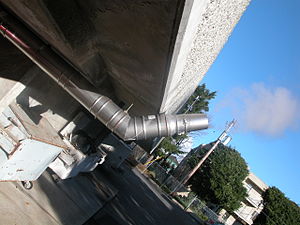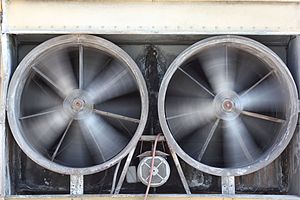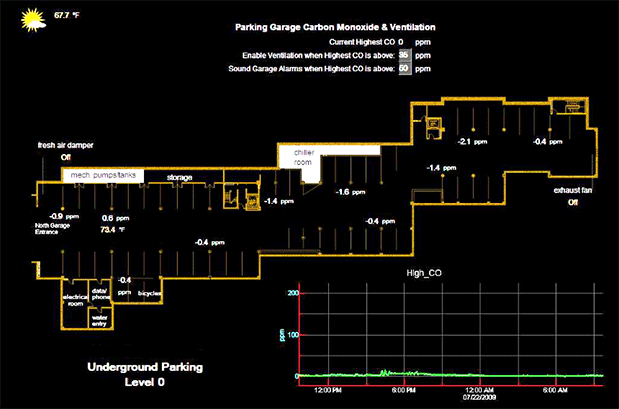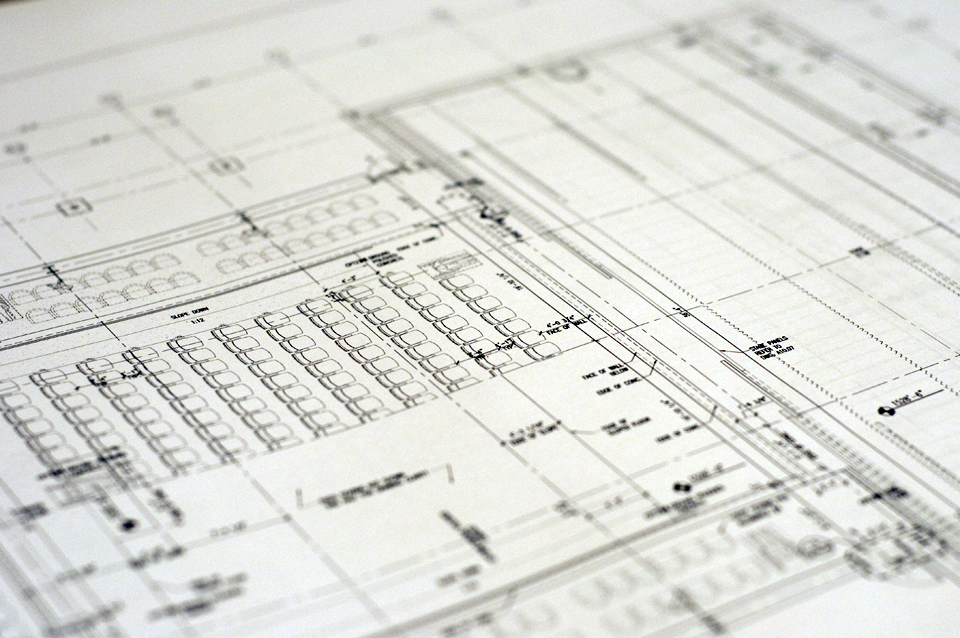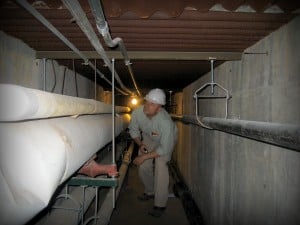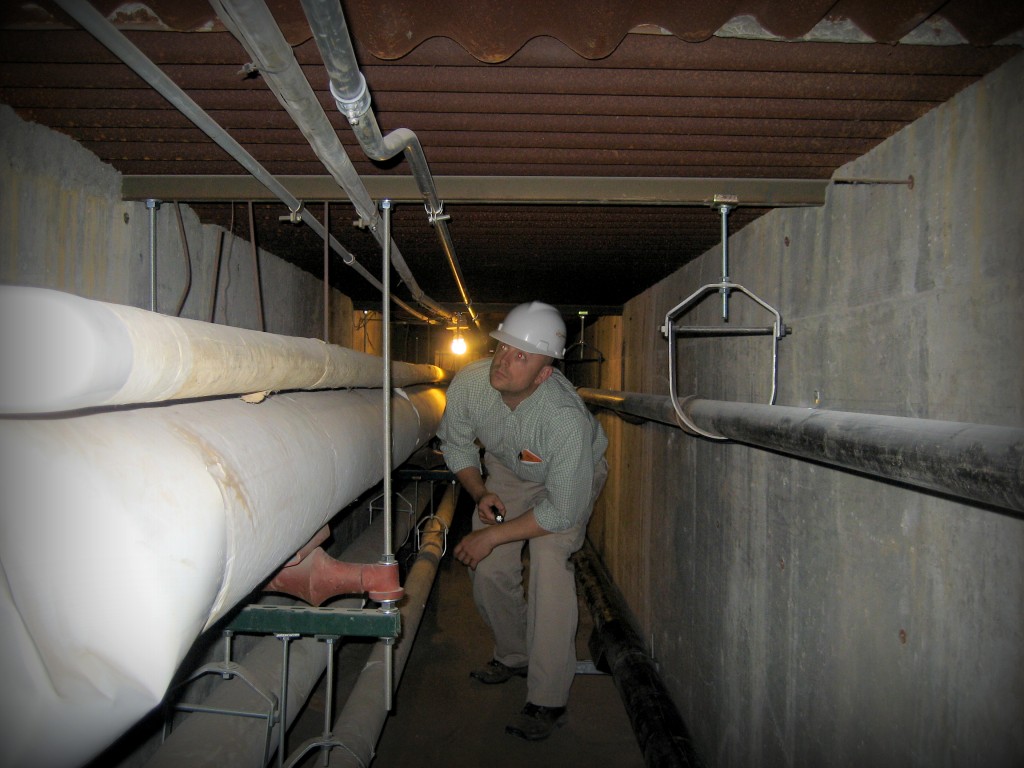We are wrapping up the commissioning of a water source heat pump system for a 120+ room hotel. Our involvement began in the design stage when the initial concept was to use condensing boilers to heat both the domestic hot water (indirectly) and heat pump loop. While this is a fairly typical scenario, especially in the hospitality industry where first cost is typically given a very high priority, it leaves a lot of the boilers’ potential energy efficiency on the table.
2 min read
The Evolution of a Hospitality Heat Pump System
By Matt Napolitan on May 15, 2013 6:00:00 AM
Topics: Building Cx & Design Review Building Performance & Technology
3 min read
Three Commissioning Essentials for Energy Savings
By Brent Weigel on May 8, 2013 6:00:00 AM
Which energy systems should be included in a building commissioning process if you cannot do them all? Commissioning a building includes a lot of details, and often a lot of equipment. The overall process is generally standardized (see ASHRAE Guideline 0), but the scope of building commissioning can vary a great deal from project to project. LEED certified buildings require commissioning for all energy-related systems associated with HVAC, domestic hot water (DHW), lighting, and renewable energy. Non-LEED building projects may require only HVAC, or may include additional building systems such as the building envelope. But what energy systems can potentially benefit most from a building commissioning process? The precise answer to this question will depend upon the type and quantity of energy systems in a given building project; nevertheless, a reasonable answer to this question may be found in the 2011 Vermont Commercial Building Energy Standard (VCBES).
Topics: Building Cx & Design Review Building Performance & Technology
3 min read
Functional Performance Testing of Your HVAC System Brains
By Katie Mason on Apr 17, 2013 6:00:00 AM
Functional Performance Testing (FPT) is the process of putting the Direct Digital Control (DDC) system through its paces by manipulating every possible condition the HVAC controls and equipment will ever experience. FPT is an important part of the building commissioning process. Only by testing how the DDC system controls respond to switching from cooling to heating or economizer mode, occupied to unoccupied mode, satisfied to unsatisfied temperatures, or normal power to emergency power, can the building owner know the system will function properly when the contractors leave and the building is handed over. The tests force you to work through the controls sequence language created by the design engineer in a sequential order. As I gain experience as a commissioning engineer, FPT allows me to better understand the “brains” behind why equipment performs and reacts as it does. To make sure a piece of equipment works as intended and can provide the expected performance is the main reason to functionally test HVAC systems.
Topics: Building Cx & Design Review
2 min read
Takeaways from the Northeast Chapter BCA Commissioning Summit
By Brent Weigel on Mar 27, 2013 6:00:00 AM
I recently had the pleasure of attending the 7th Annual Commissioning Summit for the Northeast Chapter of the Building Commissioning Association (BCA). The BCA Summit provided a great opportunity to discuss important topics of building performance with Northeast commissioning agents and building owners.
Topics: Building Cx & Design Review
3 min read
What is the Cost of a Damper Actuator Installed Backwards?
By Brent Weigel on Feb 20, 2013 5:00:00 AM
While performing a recent functional performance test for a school HVAC system, I discovered something that had gone unnoticed by the contractors and building owner: a motorized damper actuator installed backwards. This damper, one of more than a dozen installed in the building, controls the outdoor air intake for one of the ventilation air handlers. When a discovery like this occurs (and discoveries like this are common in building commissioning), it begs the question: what would the cost impact be if the condition went unnoticed?
Topics: Building Cx & Design Review Workplace & People
2 min read
The Importance of Opposite Season Testing for HVAC Systems
By Ben Fowler on Feb 6, 2013 5:00:00 AM
During this recent cold-snap in the northeast (where it reached -20F at my house in Montpelier one morning!) you can be sure that HVAC contractors were some of the busiest people around. Inevitably, when outdoor temperatures reach what are called “design-day” conditions, (the days with the highest expected heating or cooling loads a building can experience for its local climatic conditions), HVAC systems are put to the test. It is not uncommon for problems that are not obvious at lower temperatures to suddenly arise-- sometimes leading to system outages, frozen pipes, and worse---exactly when you need your HVAC system the most.
Topics: Building Cx & Design Review
3 min read
Going Beyond Building Commissioning
By Eveline Killian on Jan 30, 2013 5:00:00 AM
Building Commissioning is formally defined as the “art of analyzing a building’s current performance and implementing measures to reduce the operating cost while improving the functionality of the building’s systems.” Referred to as retrocommissioning when performed for an existing building, the process is designed to ensure the building operates more smoothly, occupants are more comfortable, equipment maintenance problems are reduced and the building owner saves money. In a recent informal survey of commercial building owners our firm has worked with, we were intrigued to find that some owners of existing buildings see the concept of “building commissioning” as too lofty of a goal for an existing building. They seemed to be looking for short-term, practical solutions to their immediate building problems such as occupant comfort complaints and the high cost of emergency maintenance calls. They also often reported not knowing what their HVAC Preventative Maintenance contractor is actually doing, and whether they were receiving the value that they are paying for.
Topics: Building Cx & Design Review
4 min read
Fan Coil Units Without BMS – A Lesson Learned
By Matt Napolitan on Jan 16, 2013 5:00:00 AM
I was recently involved as a commissioning agent in a new dormitory project where the owner was very clear with the contractor about his expectations for the 80+ fan coil units serving the student rooms. The directive was: don’t connect them to the building’s BMS system (to save money) and they must have temperature set point limits. That’s it. Well, the first requirement was easy but the second, while seemingly straightforward, proved to be more difficult than any of us would have imagined.
Topics: Building Cx & Design Review
4 min read
Stories From the Field - Oopsies and Worse - Part II
By Matt Napolitan on Nov 7, 2012 5:00:00 AM
A few weeks ago, in Part I of this post, I examined some examples of the types of commissioning issues we frequently encounter in the field. We looked at condensate pipes with incorrect pitch, maintenance valves on pipes installed 14' off the floor with no way to operate them, and air handlers with different capacities that were incorrectly labeled from the factory. All of these issues, had they not been discovered by a commissioning agent, could have had deleterious effects on building performance. Ready for Part II? Here are more examples of issues we often see in the field.
Topics: Building Cx & Design Review
3 min read
Building Performance Problem Solving
By Brent Weigel on Oct 17, 2012 6:00:00 AM
There are a lot of forces working against achieving the desired performance for new and existing buildings. Complex designs for building system interactions, a lack of equipment maintenance and calibration, turnover of facility personnel, and changes in building utilization can adversely affect building performance. Typical building performance problems include a wide range of significant issues, from chiller evaporator coil freezing to space humidity problems to unrealized equipment efficiency. In an ideal world of building design, construction, operation and maintenance, each new and renovated building would be commissioned, maintained in accordance with the commissioning systems manual, operated per the design intent, re-commissioned to ensure or restore design parameters, and retro-commissioned if the utilization of the building systems change significantly. Unfortunately, the real world and ideal world are two very different places. Most existing buildings have never been commissioned, which creates an enormous opportunity for building performance problems to arise and persist. It is not surprising that we are often called in for “problem solving.”

